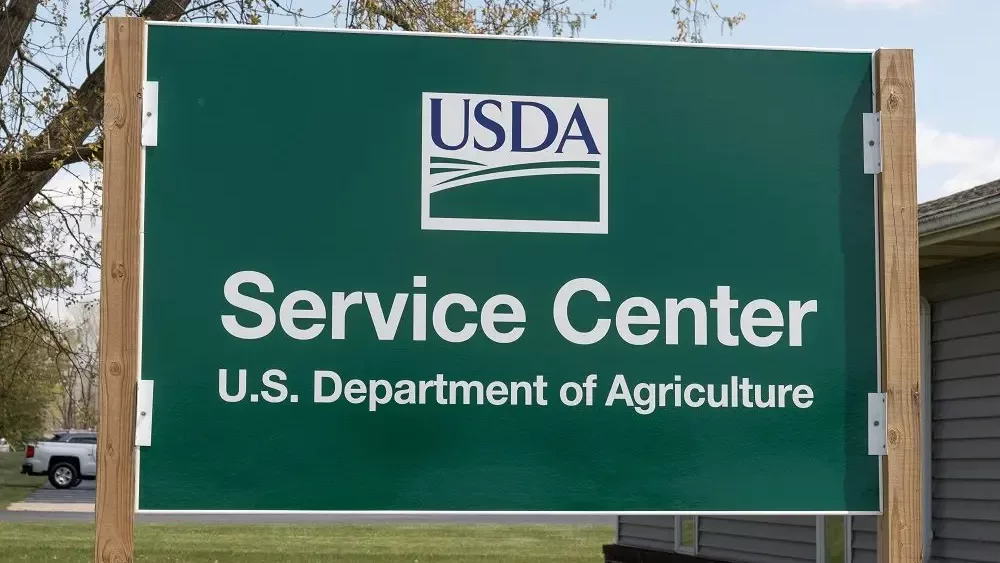In the latest Crop Progress report from USDA, Michigan corn was rated 74% good to excellent while soybeans were rated 64% good to excellent. Nationally, corn is rated 65% good to excellent and soybeans are at 60%.
Persistent rains continued to fall across most of the State as
growing conditions remained favorable, according to Marlo D.
Johnson, Director of the Great Lakes Regional Office of the
National Agricultural Statistics Service. There were 3.9 days
suitable for fieldwork in Michigan during the week ending July
18, 2021. Drought conditions decreased in most areas with
only fifteen percent of the State in moderate to severe drought
condition. The driest areas included the eastern half of the
Upper Peninsula and the counties surrounding Saginaw Bay in
the eastern central Lower Peninsula.
Corn condition continued to improve in areas where rainfall was prevalent. 74 percent of the crop was rated good to excellent. A reported 42 percent of the crop was entering the silking stage as pollination was starting significantly earlier than normal.
Soybean condition held steady with 64 percent of the crop rated good to excellent; near ideal growing conditions were reported in some areas, contributing to the rapid progress in setting pods.
Dry Bean condition remained nearly unchanged as the crop has started to recover from water damage in previous weeks. Winter wheat harvest showed swift progress with a reported 47 percent of the crop threshed thus far. Hay producers continued second
cuttings as conditions allowed. Other activities included crop
scouting, spraying, and mid-season equipment maintenance.
Summer fruit harvest continued. Spotted wing Drosophilia
(SWD) numbers increased last week. Early season peach
varieties like Desiree, EarlyStar, and Harrow Diamond were
ripe on some sites in the Southwest and were about 10 days
from harvest in the Grand Rapids area. Midseason and late
season varieties were beginning final swell.
Tart cherry harvest began in the Northwest and was wrapping up in the Southwest. Fruit quality was excellent. Growers had been
making regular ethephon applications with the anticipation of
harvest in the coming days and weeks.
Apples across the State continued to size well and were approximately 1.5 inches in the Grand Rapids area. Frost damage from freeze events in April began to show itself as frost rings, misshapen fruit, and cracking or yellowing of the calyx end of the fruit. Growers were very successful in controlling apple scab this season. There was little concern for fruit scab.
Blueberry harvest began to move from early season to early midseason varieties like Bluecrop in the Southwest. Fruit quality of blueberries harvested to date was excellent, yields were better than expected and few problems were reported by growers. Rainy
weather favored anthracnose and alternaria.
Following a period of heavy and persistent precipitation, many
vegetable crops throughout the State were displaying
symptoms of disease and nutritional issues, particularly field
tomatoes and peppers. Pest presence was detected in
asparagus and eggplant fields.
The first significant harvests of sweet corn and snap beans were underway while harvest of garlic, sweet onions, and cucumbers intensified. Acorn squash and early pumpkins were setting fruit, and several crops were hitting the market, including cabbage, broccoli, and carrots. Forecast for potato late blight was at high risk in the South, but no late blight had been reported in Michigan to date.
Source: USDA NASS Great Lakes Regional Field Office






